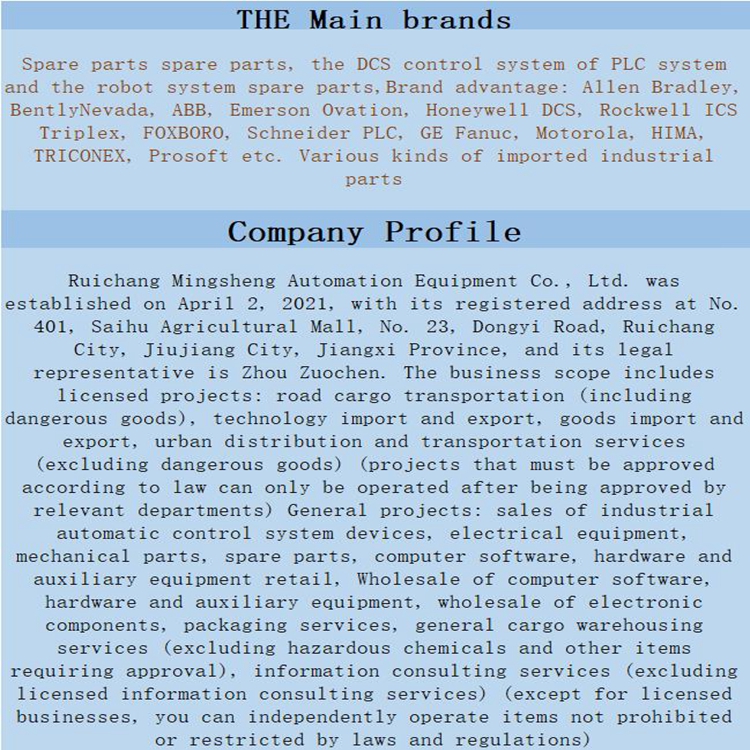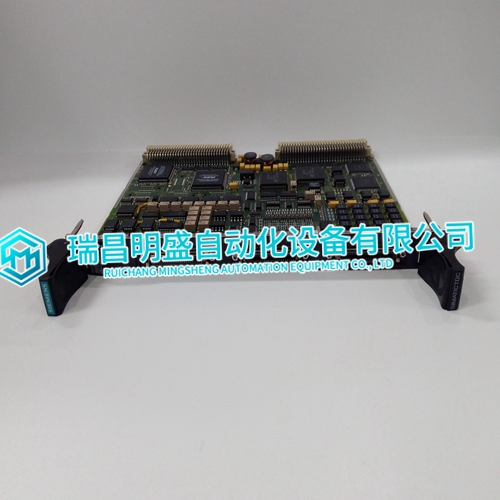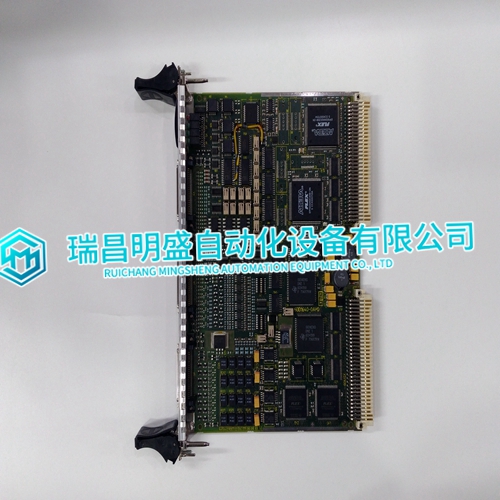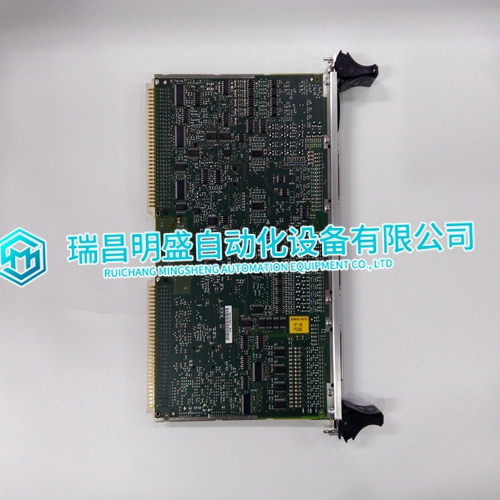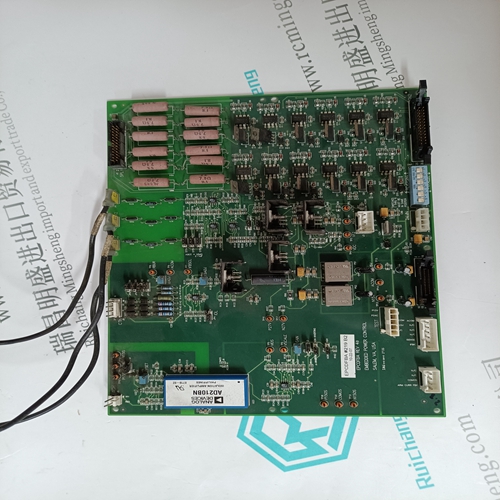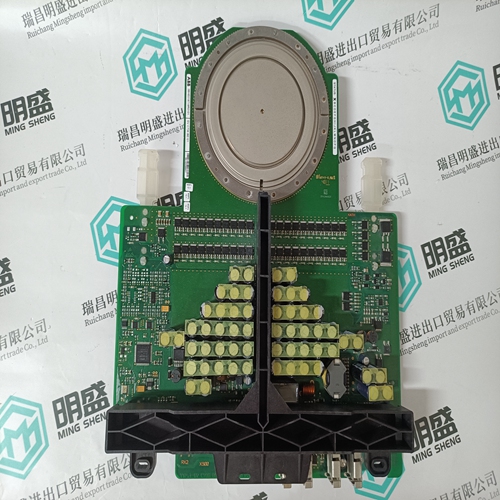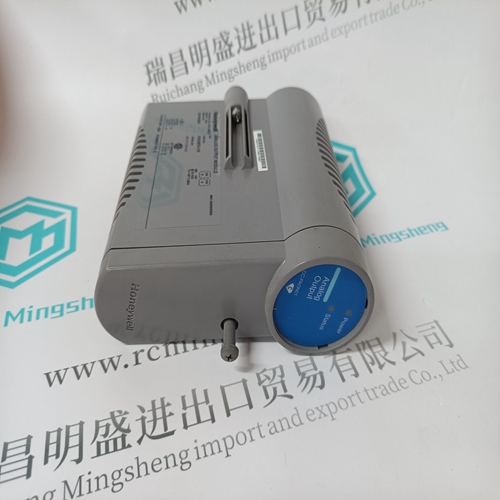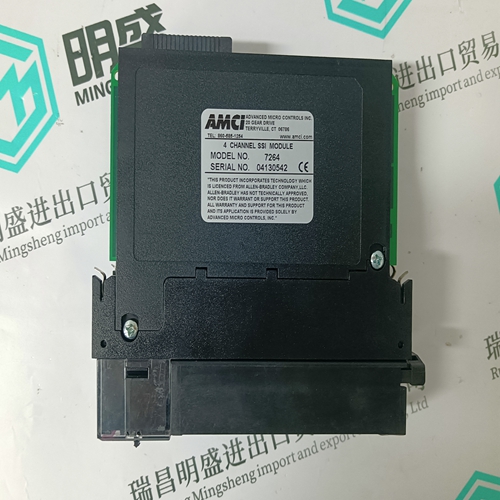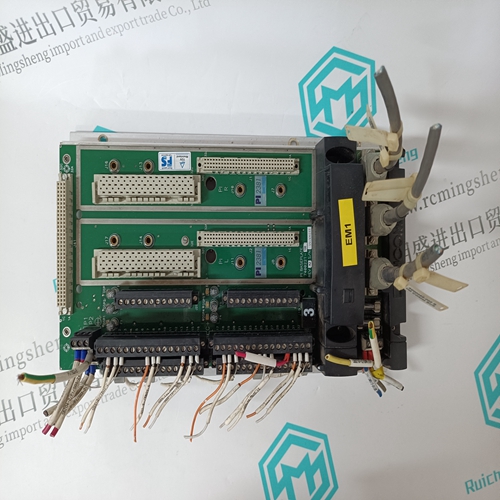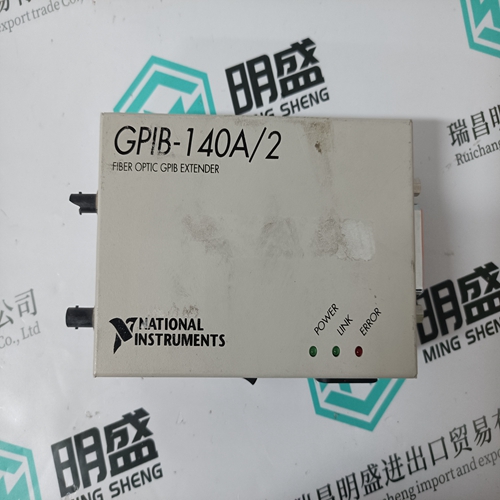Home > Product > PLC programmable module > 6DD1640-0AH0 analog output module
6DD1640-0AH0 analog output module
- Product ID: 6DD1640-0AH0
- Brand: SIMENS
- Place of origin: The United States
- Goods status: new/used
- Delivery date: stock
- The quality assurance period: 365 days
- Phone/WhatsApp/WeChat:+86 15270269218
- Email:stodcdcs@gmail.com
- Tags:6DD1640-0AH0analog output module
- Get the latest price:Click to consult
6DD1640-0AH0 analog output module
This section explains the inputs, control logic, communication, and connections for the IMASI13 module. The ASI module interfaces 16 analog inputs to a Harmony controller. The Harmony controller communicates with its I/O modules over the I/O expander bus (Fig. 1-1). Each I/O module on the bus has a unique address set by its address dipswitch (S1).
Module Description
The ASI module consists of a single printed circuit board that occupies one slot in a module mounting unit (MMU). Two captive latches on the module front panel secure it to the module mounting unit. The ASI module has three card edge connectors for external signals and power: P1, P2 and P3. P1 connects to the supply voltages. P2 connects the module to the I/O expander bus, over which it communicates with the controller. Connector P3 carries the inputs from the termination cable plugged into the termination unit (TU). The terminal blocks for field wiring are on the termination unit. A single dipswitch on the module sets its address or selects onboard tests. Jumpers configure the type of analog input sig
Functional Operation
The ASI module is an intelligent module with an onboard microcontroller and memory. It interfaces to a controller over the I/O expander bus. An onboard microcontroller allows the ASI module to perform the input channel processing. This allows the controller to do other tasks. Input processing tasks include error compensation, adjustments, and conversion to engineering units.Each channel provides underrange, overrange, and open input detection. Onboard circuitry detects either open field wires or a disconnected termination unit cable. Open input detection is provided for millivolt, thermocouple, RTD, 1 to 5 VDC, and 4 to 20 milliampere input types and can detect any combination of open input wires.
